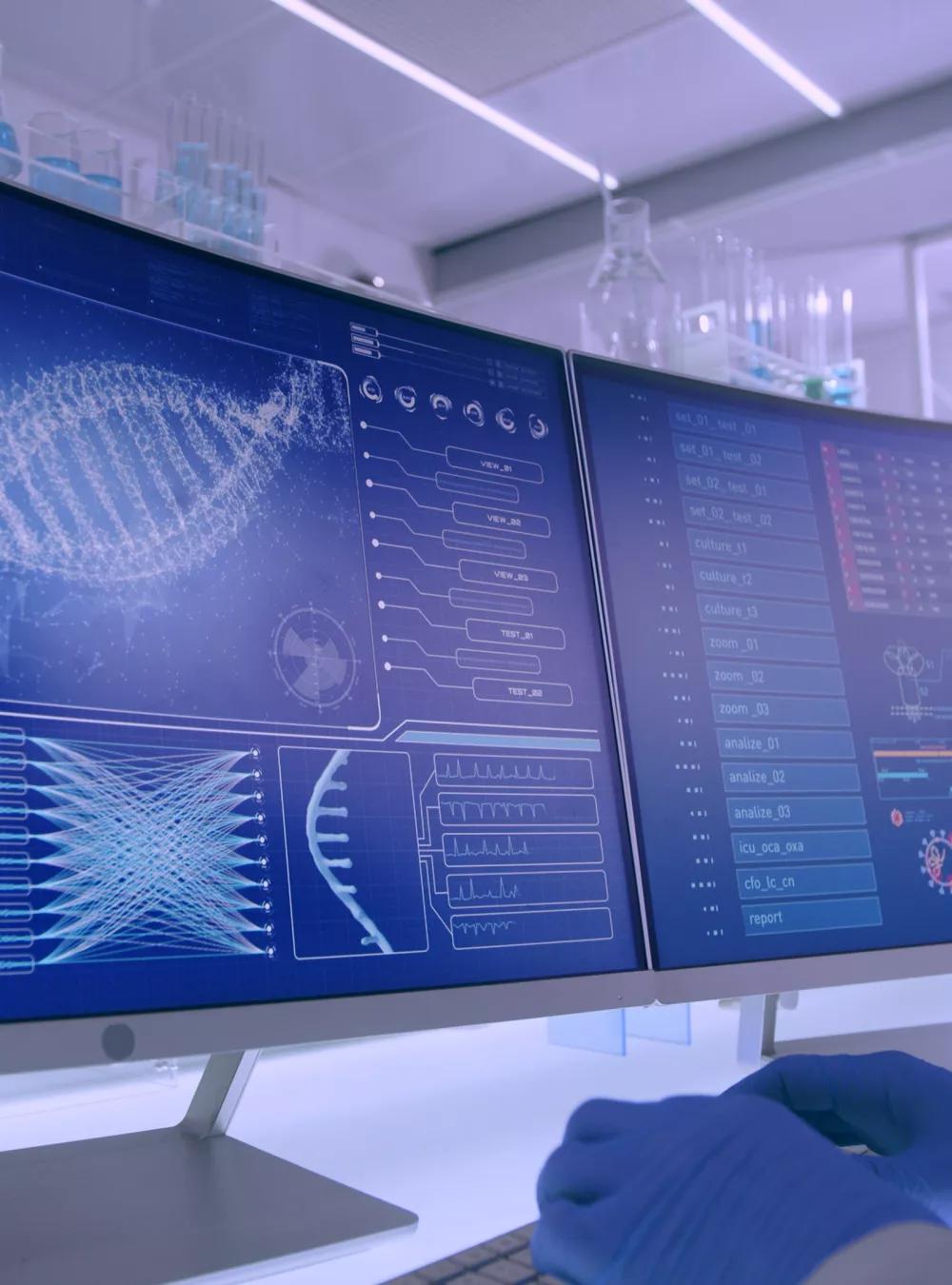MITRE recommends the formation of a government-wide strategic coordinating body tasked with safeguarding and realizing the potential of the U.S. bioeconomy and specific actions that this coordinating body should undertake.

Maintaining U.S. Leadership in Advanced Biotechnology & Growing the Bioeconomy
Biotechnology
Using Biology to Solve Problems In…
Human Health
Manufacturing
Environment
Agriculture
9 Actions the U.S. Can Take to Safeguard Its Leadership
Read the Recommendations
Maintaining U.S. Leadership in Advanced Biotechnology and Growing the Bioeconomy
MITRE | Center for Data-Driven Policy
mitre.org/policycenter
The continued development and industrialization of the bioeconomy will have tremendous impacts in areas such as human health, manufacturing, the environment, and agriculture. As most advancements that enable the growth of the bioeconomy were developed in the U.S., we have enjoyed a leading position in the development of commercial applications of biotechnology. Both allies and near peer competitors are using industrial policy, economic incentives, and large national investments to execute national roadmaps designed to develop intrinsic biotechnology industries that equal (or surpass) the U.S.
To respond to this increase in competition, to ensure that the U.S. maintains its leadership in biotechnology, to prevent leapfrogging, and to develop biotechnology-enabled capabilities, a robust biotech industrial base and a growing bioeconomy are required. Given all these facts, a government-wide strategic coordinating body tasked with safeguarding and realizing the potential of the U.S. bioeconomy should be established and prioritize efforts that:
- Build the necessary infrastructure to accelerate biotechnology innovation.
- Support R&D investments to provide the foundation for the future U.S. bioeconomy.
- Establish programs that develop a highly trained biotechnology workforce.
- Facilitate trusted information sharing between public and private stakeholders in the bioeconomy ecosystem.
- Set appropriate standards and regulations that enable seamless progressing through biotechnology workflows and quicker commercialization.
- Address biosafety and biosecurity concerns associated with advanced biotechnology.
- Recognize biotechnology as a critical component of the U.S. economy.
- Identify threats to the bioeconomy.
- Take initial actions and plan for long-term efforts to mitigate threats to the bioeconomy.